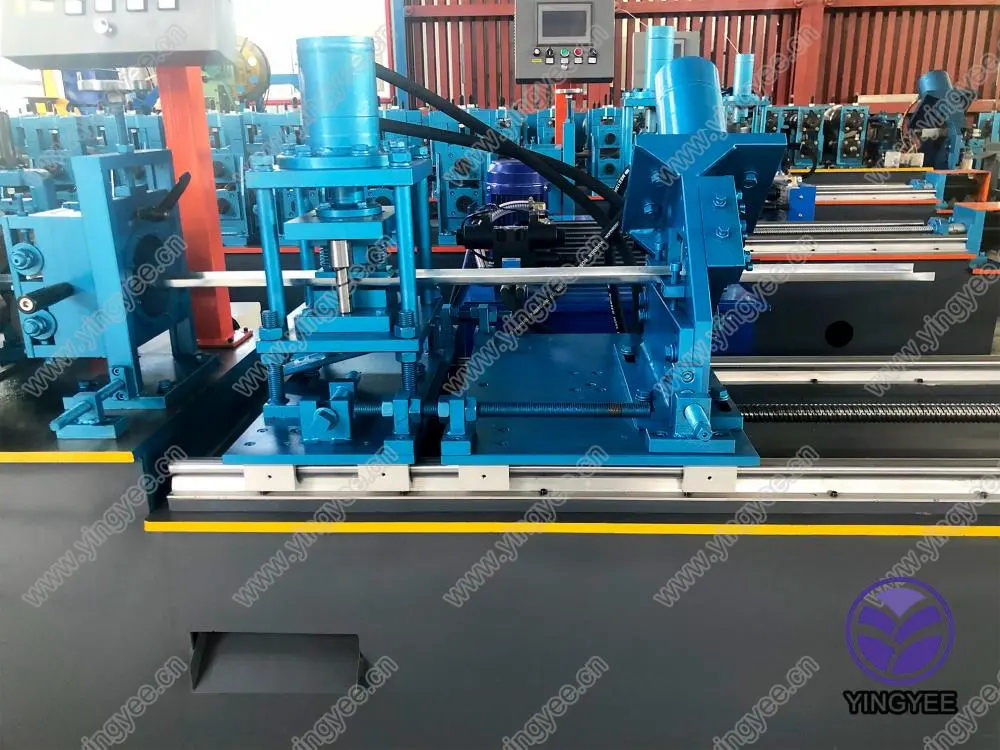
Z28-300 Thread Rolling Machine Parts A Comprehensive Overview
The Z28-300 thread rolling machine is a pivotal tool widely used in the manufacturing sector, mainly for creating threads on various metal components. This machine utilizes the cold forming process to produce threads, which enhances the mechanical properties of the material compared to traditional cutting methods. Essential to the efficient operation of the Z28-300 are its various parts, each playing a crucial role in the overall functionality of the machine. In this article, we will delve into the significant components and their respective functions.
Main Components of the Z28-300 Thread Rolling Machine
1. Thread Rolling Head The thread rolling head is the heart of the Z28-300 machine, where the actual thread formation takes place. It consists of two dies that press against the workpiece, cold forming the threads as the material is rolled between them. The design of these dies is critical, as it must match the desired thread specifications, including pitch, depth, and profile.
2. Feed Mechanism The feed mechanism is responsible for advancing the workpiece through the rolling heads. It ensures that the material is fed consistently and at the correct rate. This component can be adjusted to accommodate different lengths and diameters of workpieces, allowing for versatility in production.
3. Drive System A robust drive system powers the Z28-300 thread rolling machine. Typically, this includes an electric motor that translates rotational energy into linear motion. The efficiency and reliability of the drive system are crucial, as any failure can result in production downtime and lead to significant losses.
4. Frame and Base The machine's frame and base provide structural stability and support for all other components. Constructed from high-strength materials, they ensure that the machine can withstand the forces exerted during the thread rolling process without distorting or vibrating excessively, which could affect the quality of the threads produced.

5. Control Panel The control panel is where the operator manages the machine settings. This includes parameters such as speed, feed rate, and die positioning. Modern machines often come equipped with digital interfaces that allow for more precise control and monitoring, enhancing productivity and quality.
6. Lubrication System Since the thread rolling process generates significant friction, an efficient lubrication system is vital. It reduces wear and tear on the machine parts, prolonging their lifespan and maintaining consistent product quality. Many systems are automated, ensuring that lubrication is applied at optimal intervals without requiring constant manual intervention.
7. Safety Features Safety is paramount in any industrial machine. The Z28-300 incorporates several safety features, including emergency stop buttons, guards, and sensors to prevent accidents. Operators must be educated about these features to ensure a safe working environment.
Importance of Quality Parts
The effectiveness of the Z28-300 largely depends on the quality of its parts. High-quality components not only enhance the machine’s performance but also reduce the likelihood of breakdowns. Investing in superior materials for the dies, for example, can lead to improved thread quality and durability. Moreover, regular maintenance and replacing worn-out parts with genuine, high-quality substitutes are essential practices that contribute to the longevity and efficiency of the machine.
Conclusion
In summary, the Z28-300 thread rolling machine is a sophisticated piece of equipment comprised of multiple essential parts, each playing a specialized role in the manufacturing process. Understanding these components—such as the thread rolling head, feed mechanism, drive system, and more—provides insight into how this machine operates at an optimal level. As industries continue to demand high-quality threaded products, the significance of maintaining and understanding the parts of the Z28-300 will remain paramount in achieving operational excellence. Investing in quality parts and practices will ensure that manufacturers can meet the ever-evolving market demands effectively.